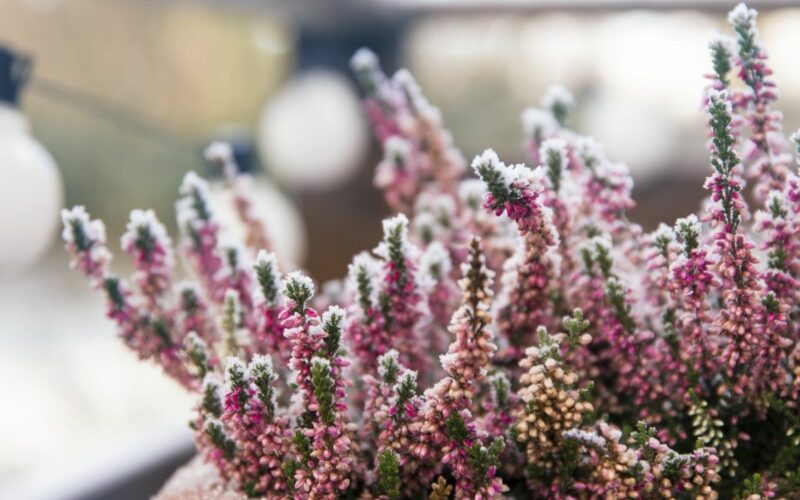Since fall is coming to a close, it’s time to prepare for the inbound colder months. There’s much to do to get the outside of your home ready for the new season.
That’s why we’ve put together a guide on how to prepare your yard for the coming winter. By following these tips, you’ll ensure that everything is safe and sound for you in the spring.
Leave the Leaves Where They Are
You heard us right—it’s actually better not to rake up your leaves right before winter hits. They act as a nice blanket for the soil and provide food and shelter for animals that live in your yard.
Instead of raking up the leaves, you can mow over them. This will break them up and provide your grass with some natural mulch.
Be sure to spread some of these chopped-up leaves over any gardens you have as well. Your plants will appreciate it.
Winterize Your Grass
Not everyone has a bunch of trees to provide that protective layer of leaves, though. That’s why standard winterizing techniques are a necessity as well.
You’ll want to start by pulling up weeds and filling in dead spots in your yard with some grass seeds for next year.
After that, spread some winter-focused fertilizer over the grass before the first frost hits. You should attempt to aerate it, as well, so that it receives more oxygen and moisture, giving it the best chance of surviving the winter.
Cover Plants or Bring Them Inside
Whether you have flowers in your yard that don’t do well in cold weather or you’ve been trying to grow some vegetables in your garden, you’ll want to make sure you give them the best chances of survival you can. In some cases, this means uprooting them, putting them in a pot, and bringing them inside for the season.
You can protect any others that aren’t suitable for indoors by covering them securely. This will safeguard them from frost and hungry animals.
Put Away the Summer Stuff
Once you’ve done everything you can to prepare your yard for the coming winter, the only thing left to do is pack everything away. That means you need to put the mower and other yard tools in the shed and bring out the snowblower and shovels.
Tools and equipment aren’t the only things you need to put away, though. If you have kids, you’ll need to store away their outdoor toys as well.
There are plenty of ways to organize outdoor kids’ toys, but the best is to find a place in the shed to keep them. Your kids won’t need most of them when there’s snow on the ground.
As long as they have access to their sleds, they should be fine.

